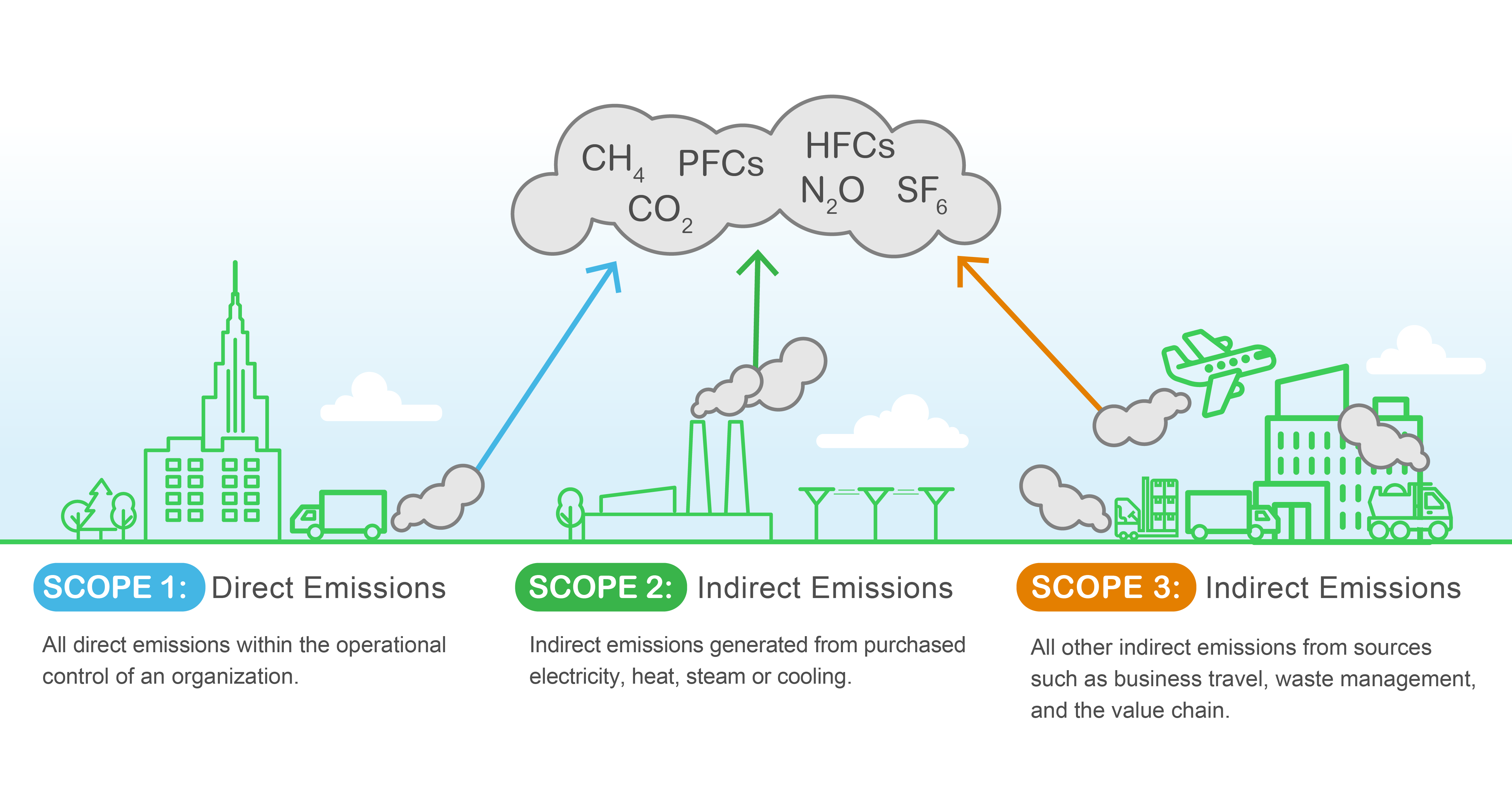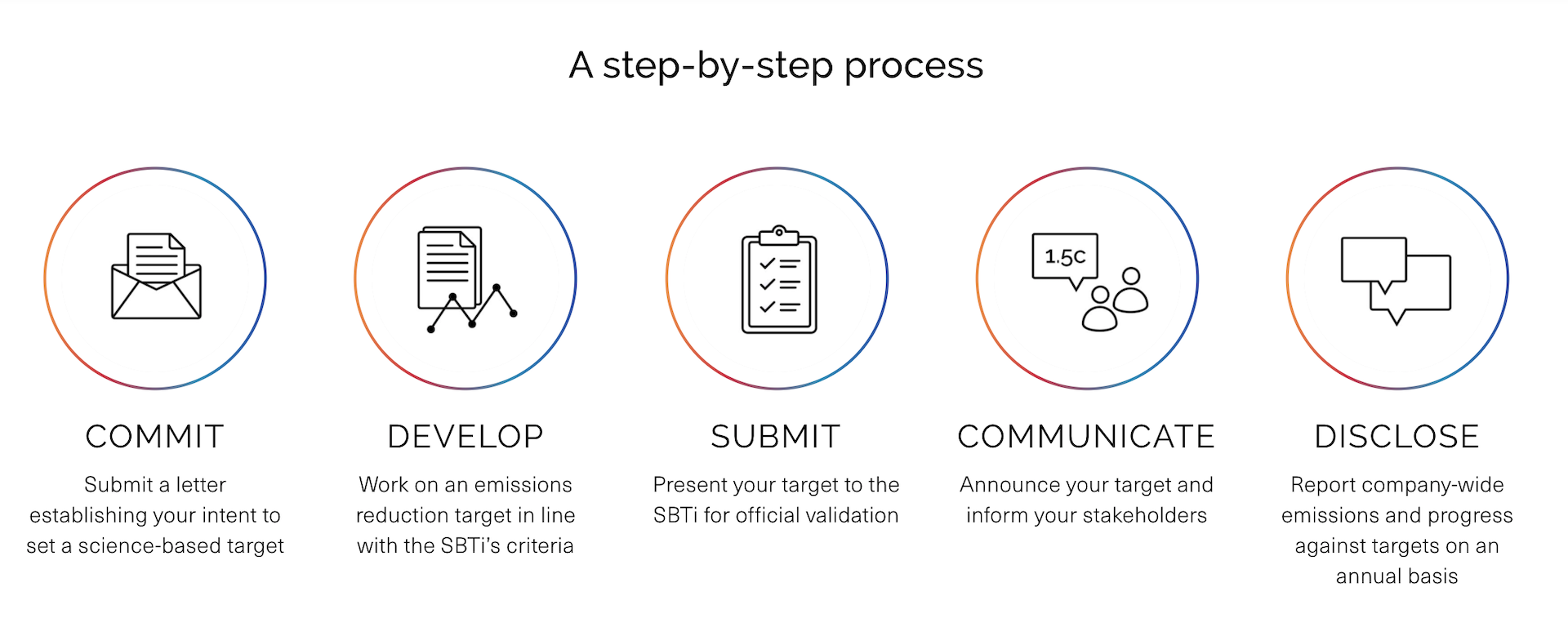

Sustainability Action Center
Resources for our value chain partners to take action and support Gildan's Next Generation ESG strategy.
Supporting Gildan on the Journey to Decarbonization
For the past 20 years, Gildan has commited to reduce their environmental footprint, and most recently announced the validation of their Science-Based Target. Achieving the target will require ambitious action across their operations and supply chain.
On behalf of Gildan, we at Schneider Electric kindly invite Gildan key suppliers to engage with the resources shared through this action center airmed at empowering you to support Gildan's decarbonization efforts.
Sustainability at Gildan
Gildan is committed to sustainability and has implemented a comprehensive ESG strategy called "Next Generation ESG Strategy."
The strategy focuses on three main pillars: climate, energy, and water; circularity; and human capital management. Gildan aims to reduce its environmental impact, engage with suppliers, and promote responsible practices throughout its operations and supply chain.
GHG reduction target
Gildan has set greenhouse gas (GHG) reduction targets for Scope 1, 2, and 3 emissions:
- Scope 1 and 2: Gildan commits to reducing its absolute Scope 1 and 2 GHG emissions by 30% by 2030 (compared to a 2018 base year).
- Scope 3: Gildan commits to reducing its absolute Scope 3 GHG emissions by 13.5% by 2030 (compared to a 2019 base year).
In June 2023, the Science Based Targets initiative (SBTi) validated Gildan's Scope 1, 2, and 3 emissions targets, confirming their alignment with a well-below 2°C trajectory.
Scope 3 emissions
Gildan recognizes the importance of addressing supply chain emissions and has expanded its Scope 3 emissions reporting to include nine categories, providing a more comprehensive overview of its supply chain emissions. In 2022, Gildan reported Scope 3 GHG emissions of 3,001,554 tCO2e.
supplier engagement
In 2022, Gildan launched a supply chain program to assess and promote GHG emission reduction efforts among suppliers. This program includes:
- An assessment phase to identify the maturity of our suppliers in reporting on their GHG emissions.
- An engagement phase to encourage our material suppliers to drive climate-action initiatives across their businesses and reduce their carbon footprint, during which we will host a series of educational webinars.
Stage 2: Report GHG Emissions
Stage 3: Set & Achieve GHG Reduction Targets
Gildan encourages suppliers to calculate their operational emissions footprint, or Scope 1 and 2 emissions, and report them out through an annual survey.
Scope 1 emissions are direct greenhouse gas (GHG) emissions that occur from sources that are controlled or owned by your business (e.g. emissions associated with fuel combusion in furnaces, vehicles). Scope 2 emission are indirect GHG emissions associated with the purchase of electricity, steam, heat or cooling.
If you are just getting started with Scope 1 and 2 accounting, watch a recording of our first supplier education session focused on Emissions Management 101 and review the following resources:
- Review the GHG Protocol Corporate Standard.
- Gather records on your purchased fuel and utility bills from enery providers.
- Estimate emissions using the EPA's Simplified GHG Emissions Calculator or the GHG Protocol Calculation Tool demonstrated during our Emissions Management 101 webinar.
If you already calculated your operational footprint and you feel ready to calculate your value chain footprint, or Scope 3 emissions, review the following guidance.
Calculating your company's GHG footprint is a crucial first step to understand emissions and measure progress.

Stage 1: Calculate GHG Footprint
Stage 2: Report GHG Emissions
Stage 3: Set & Achieve GHG Reduction Targets
Gildan's annual survey will also ask if suppliers report out emissions to CDP, the Higg Index, or other programs.
If you have calculated your GHG emissions footprint and are considering reporting out our emissions, watch a recording of our second supplier education session focused on Emissions Reporting 101 and review the following resources:
-
CDP is a nonprofit that runs the global disclosure system for investors, companies, cities, states and regions to manage their environmental impacts.
-
The Higg Index is a suite of tools developed by the Sustainable Apparel Coalition for the standardized measurement of value chain sustainability.
Learn more from the CDP and Higg websites:
-
Learn how to disclose through CDP.
-
Read about the Higg Index suite of tools.
Stage 1: Calculating Operational Footprint
Stage 2: Report GHG Emissions
Stage 3: Set & Achieve GHG Reduction Targets
Gildan is committed to achieve a science-based target and suppliers are encouraged to set GHG emissions reductions target, too.
Learn more about the Science-Based Targets initiative:
-
Review the step-by-step process to set a science-based target.
-
Determine whether you are eligible to set a science-based target as a Small- or Medium-Sized Enterprise (SME)
Consider how you will reduce your GHG emissions by reviewing the following resources:
-
Understand how to prioritize near-term actions needed to make GHG emissions reductoin goals possible by reviewing EDF + Business' Pathways to Net Zero: The Decisive Decade.
-
Learn how to create an energy management program focused on continuous improvement of energy performance by reviewing EPA ENERGY STAR's Guidelines for Energy Management.

- ‹ prev
- next ›
- 1
- 2
- 3
- 4
- 5
- 6
- 7
SE and Gildan's Supplier Engagement Events
New to emissions management? Watch recordings of our supplier engagement webinars focused on Emissions Management 101, Emissions Reporting 101, Target Setting 101, and Renewable Energy 101.
Glossary
Scope 1 and Scope 2 Emissions:
These terms refer to different categories of operational greenhouse gas (GHG) emissions:
- Scope 1 Emissions: Direct greenhouse gas (GHG) emissions that occur from sources that are controlled or owned by your business (e.g. emissions associated with fuel combusion in furnaces, vehicles).
- Scope 2 Emissions: Indirect GHG emissions associated with the purchase of electricity, steam, heat or cooling.
Science-Based Targets (SBTs):
Science-based targets provide a clearly-defined pathway for companies to reduce greenhouse gas (GHG) emissions, helping prevent the worst impacts of climate change and future-proof business growth.
Targets are considered ‘science-based’ if they are in line with what the latest climate science deems necessary to meet the goals of the Paris Agreement – limiting global warming to 1.5°C above pre-industrial levels.
Greenhouse Gas Footprint:
This is the total amount of greenhouse gases, typically measured in carbon dioxide equivalent (CO2e), produced directly or indirectly by an individual, organization, event, or product throughout its lifecycle. It's a measure of environmental impact.
Supply Chain Sustainability:
This concept focuses on making supply chains more environmentally and socially responsible. It involves assessing and improving the sustainability practices of suppliers and partners, aiming for ethical and eco-friendly sourcing.
Environmental, Social, and Governance (ESG) Criteria:
These are a set of non-financial factors used by investors and companies to evaluate a company's sustainability and ethical impact. ESG criteria encompass a wide range of issues, including environmental practices, labor standards, and corporate governance.
Life Cycle Assessment (LCA):
Life cycle assessment is a systematic evaluation of the environmental impacts of a product, process, or service throughout its entire life cycle, from raw material extraction to disposal. It helps identify areas for environmental improvement.
Circular Economy:
GHG Protocol (Greenhouse Gas Protocol):
CDP (formerly Carbon Disclosure Project):
Supporting Materials
.png?v=09132023012358)
The Decarbonization Challenge, Part 1:
In this paper, Schneider Electric breaks down the climate action journey into three fundamental areas: the what and when, the how, and the keys to anticipating the four hurdles companies face.
.png?v=09132023012349)
The Decarbonization Challenge, Part 2:
This paper builds on part 1 by outlining a four-stage process. It provides a roadmap for organizations to define, set up, implement, and maintain decarbonization programs.
.png?v=09132023012339)
SBTi: Defining the Net-Zero Future for Business
SBTi's main goal is to guide companies in reducing their greenhouse gas (GHG) emissions effectively to combat climate change, offering science-based guidance and tools for target setting.



